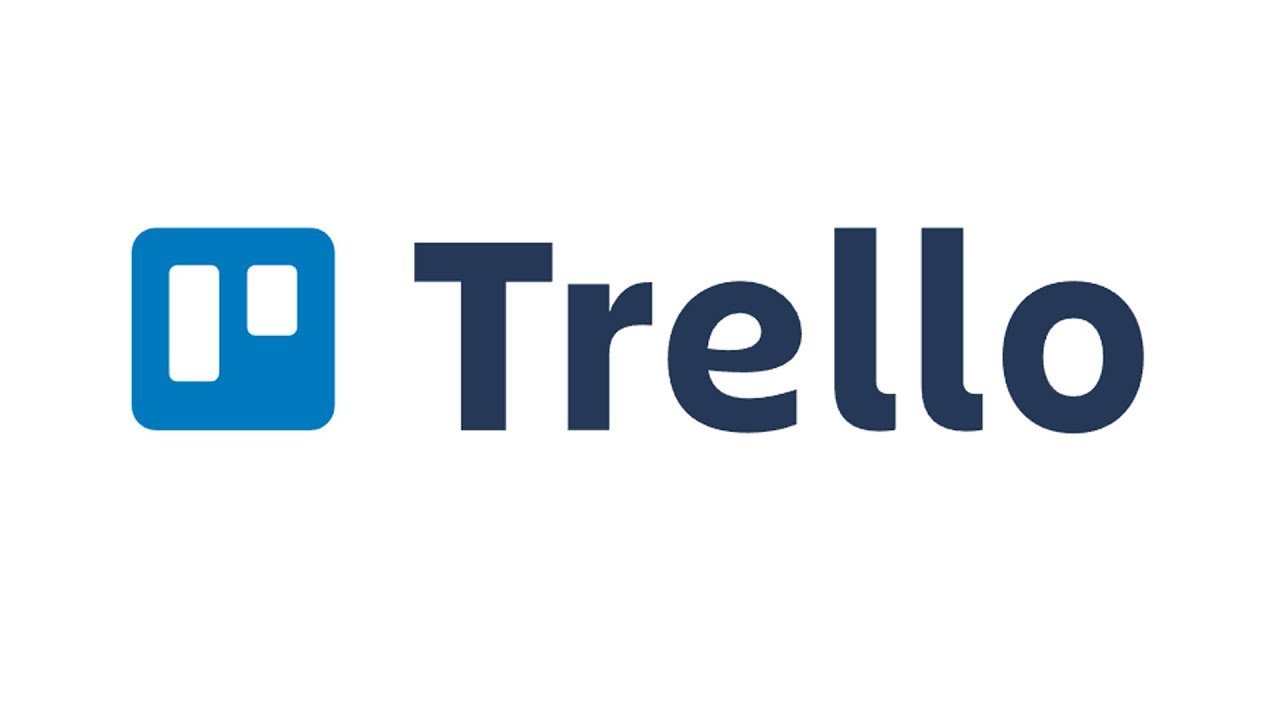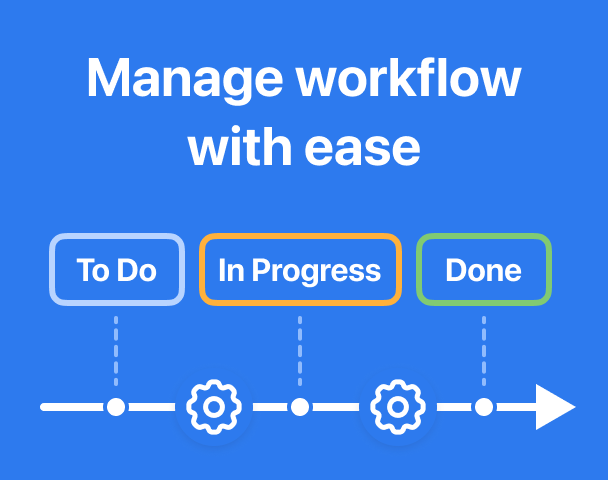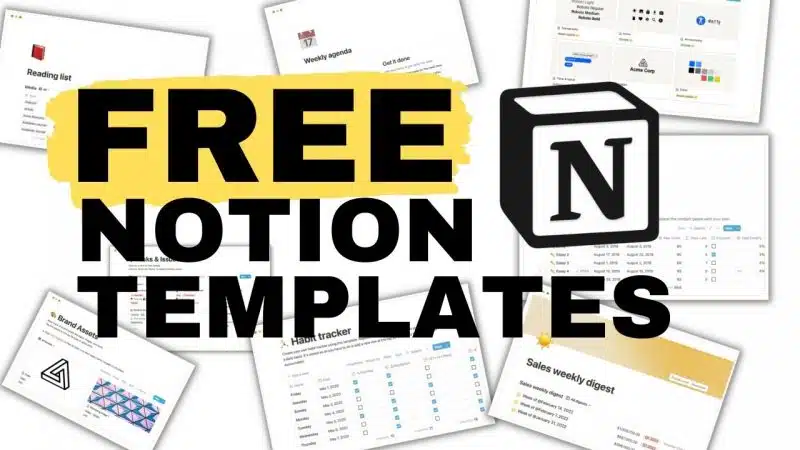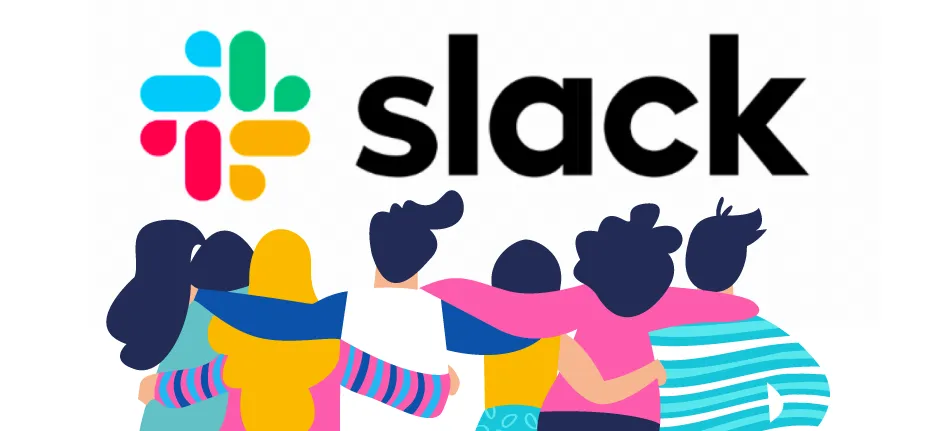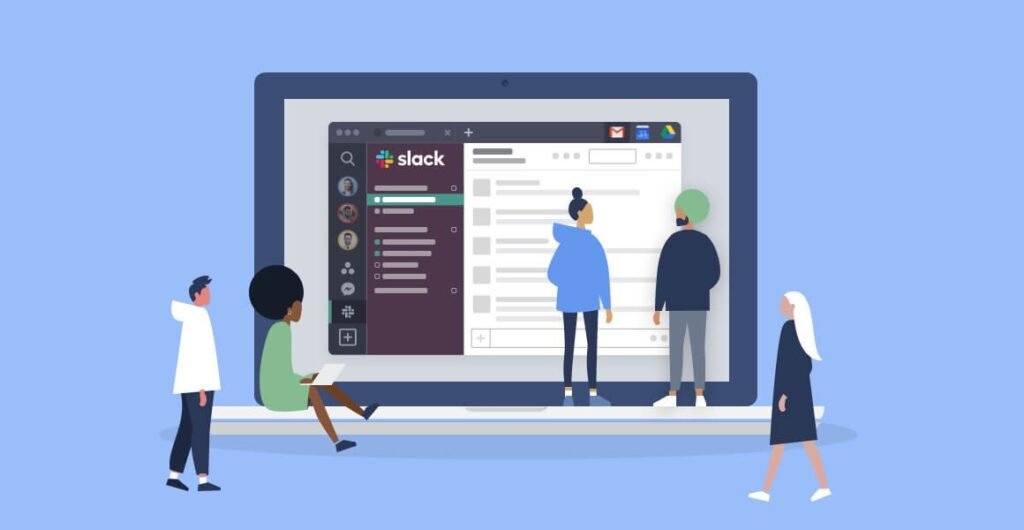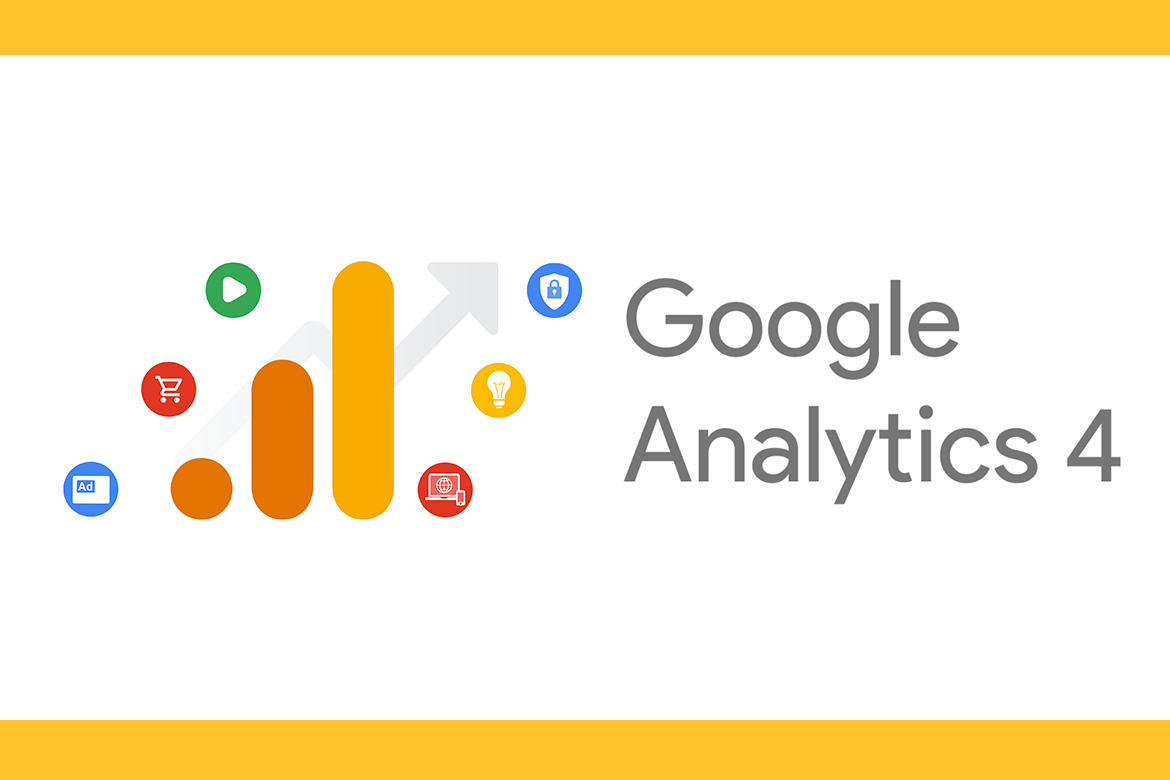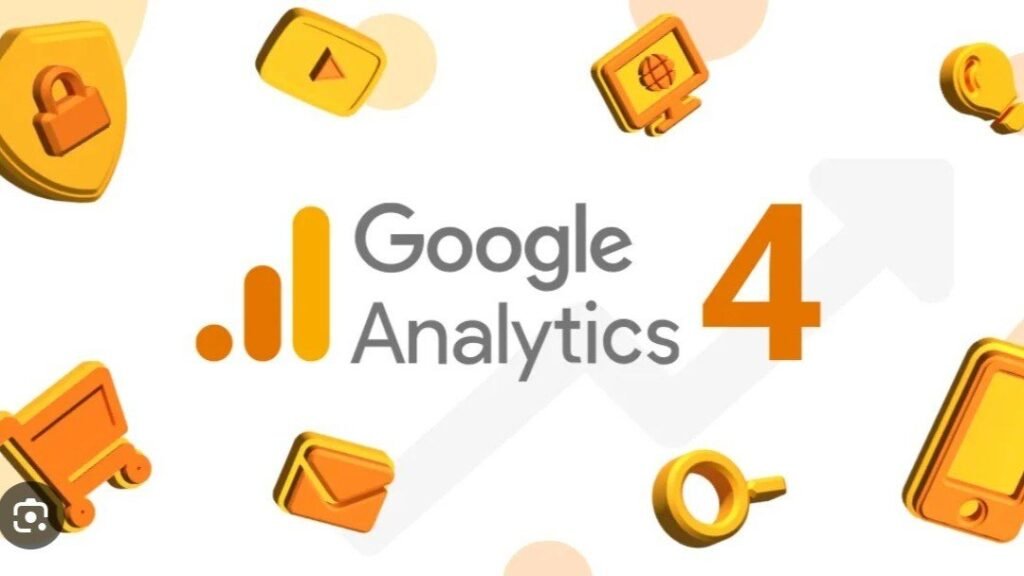Best Online Certifications for Tech Careers
(Online Certifications) In today’s fast-paced world, keeping your skills updated is very important. This is especially true in cloud computing and infrastructure management. Technology changes quickly, so IT professionals must keep learning to stay relevant. As an IT manager, you may need to optimize cloud infrastructure, ensure data security, and maintain compliance. It is vital to understand current technologies and prepare for future trends. One way to stay ahead is by getting online certifications that improve your knowledge and credentials. These certifications provide a clear path for learning and professional growth. This article looks at some of the best online certifications for tech careers. It focuses on those that give practical insights for managing cloud environments.
Why Online Certifications?
Online certifications are a flexible way to gain new skills. In a busy world, learning at your own pace is very helpful. They let you learn at your own speed and often include hands-on projects and labs. This practical experience is essential in tech, where just knowing theory is not enough. For tech professionals managing cloud infrastructure, these certifications help you understand the latest tools and technologies. They give you the skills needed to handle modern IT challenges effectively.
Advantages of Online Learning Platforms
- Flexibility: Learn at your own pace and on your own schedule. This is great for working professionals who need to balance their jobs with learning new skills. It lets you fit learning into your daily routine without major disruptions.
- Accessibility: Access courses from anywhere, breaking down geographical barriers. Whether you are in a busy city or a remote area, you can learn from top institutions and experts. Online learning makes it easy to turn any place into a classroom.
- Diverse Options: A wide range of courses for different skill levels and interests. From beginner to advanced, there is something for everyone. You can start a tech career or focus on a specific area. Online platforms provide courses for all interests and career paths.
Interactive Learning Experience
Online certifications often have interactive features like quizzes, forums, and live sessions. These elements make learning more engaging. Quizzes test your knowledge and help reinforce what you learn. Forums let you discuss topics with classmates and instructors. Live sessions, led by industry experts, provide insights beyond the course material and allow for real-time interaction.
Cost-Effectiveness
Online courses are often cheaper than traditional classroom learning. They do not require physical buildings, which lowers costs. Many platforms also offer financial aid or payment plans to make education more affordable. This cost-effectiveness allows you to invest in your education without taking on a lot of debt.
Top Online Learning Platforms
Choosing the right online learning platform is key to finding the best certification. The platform you select can greatly affect your learning experience. Consider factors like course content, instructor expertise, and how easy the platform is to use. Here are some top platforms that offer tech certifications:
Coursera
Coursera works with universities and organizations to provide courses and certifications in many fields, including technology. It is known for high-quality content and a user-friendly design. The platform’s partnerships with respected institutions ensure that the courses are credible and current.
-
- AWS Cloud Practitioner Essentials: This course gives a basic understanding of AWS Cloud concepts and services. It covers cloud computing and AWS services, making it great for beginners.
- Google IT Support Professional Certificate: This beginner-friendly course teaches IT support basics. It helps learners gain skills for entry-level IT support jobs, covering topics like troubleshooting and customer service.
Udacity
Udacity is known for its “Nanodegree” programs that focus on tech skills. These programs are created with industry leaders, ensuring the content is relevant and current. The focus on practical skills and real-world projects makes Udacity popular among tech fans.
- Cloud Developer Nanodegree: This program focuses on building and deploying applications in the cloud. It gives hands-on experience with cloud technologies and teaches you to design and develop secure, scalable applications.
- Data Engineer Nanodegree: This program provides insights into data infrastructure and cloud data solutions. It teaches important skills. These include data modeling, cloud data warehouses, and data pipeline development. This training prepares you for a career in data engineering.
LinkedIn Learning
LinkedIn Learning offers many courses and is great for professionals wanting to add new skills to their expertise. The platform connects with LinkedIn, allowing you to show your completed courses and certifications to potential employers.
-
- AWS Certified Solutions Architect — Associate: This course gets you ready for AWS certification. You will learn about AWS services and best practices. It is perfect for those who want to design and build scalable systems on AWS.
- Azure Fundamentals: This course gives a complete overview of Microsoft Azure services and cloud ideas. It covers key topics like cloud computing principles, Azure architecture, and security. It is a great starting point for beginners with Azure.
EdX
EdX has many courses from top universities around the world. It gives learners access to high-quality education. The focus on university-level courses makes sure the content is thorough and strong.
- Professional Certificate in Cloud Computing: This program dives deep into cloud technologies and their uses. It covers important topics like cloud architecture, security, and services. This prepares you for a career in cloud computing.
- Introduction to DevOps: This course teaches the basics of DevOps, focusing on teamwork and automation. It covers tools and practices that make software development and delivery smoother.
Best Online Certifications for Cloud Careers
Getting cloud computing certifications is very helpful for IT managers. It helps them improve cloud operations. Cloud computing is a fast-growing field. Having the right certifications can help you stand out in a competitive job market. Here are some of the best certifications to help you reach your goals:
AWS Certified Solutions Architect
The AWS Certified Solutions Architect certification is a well-known credential in cloud computing. It shows your ability to design and implement scalable systems on AWS. The certification covers many topics, including AWS architecture best practices, cost management, and security.
- Key Skills: AWS architecture best practices, cost management, and security. These skills are important for creating systems that are efficient, cost-effective, and secure.
- Ideal For: IT managers who want to improve their understanding of AWS environments. This certification is great for those who want to use AWS technologies to boost their organization’s cloud infrastructure.
Microsoft Certified: Azure Solutions Architect Expert
For those using Microsoft Azure, this certification offers a complete understanding of building cloud solutions. It focuses on key areas like Azure infrastructure, security, and application design.
- Key Skills: Azure infrastructure, security, and application design. These skills help you create solutions that meet business needs while ensuring security and compliance.
- Ideal For: Professionals managing Azure cloud environments who want to improve their architecture and security. This certification is good for those looking to advance their careers in Azure cloud management.
Google Cloud Professional Cloud Architect
This certification shows you can design, develop, and manage strong, secure, and scalable cloud solutions using Google Cloud. It includes key skills like Google Cloud architecture, security, and cost management.
- Key Skills: Google Cloud architecture, security, and cost management. These skills are important for creating efficient and secure cloud environments that meet business goals.
- Ideal For: IT managers who focus on Google Cloud solutions and want to improve their infrastructure’s efficiency. This certification is great for those who want to specialize in Google Cloud and promote innovation in their organizations.
How to Choose the Right Certification
When picking the right online certification, think about these factors. Choosing the right certification is important for your career goals and professional growth.
Relevance to Your Role
Pick a certification that fits your current job and future career goals. Knowing what your role requires can help you choose a certification that builds your skills and prepares you for future challenges. If you manage AWS environments, AWS certifications are best. If your organization uses Azure, an Azure certification is a better choice.
Skill Level
Select a certification that matches your current skill level. This way, the course content will be just right for you, allowing you to learn well. If you are new to cloud computing, start with basic courses before moving to specialized certifications. As you gain experience, you can go for more advanced certifications that fit your career path.
Industry Recognition
Choose certifications that are well-known in the industry. This ensures that employers and peers value the skills you gain. Recognized certifications can boost your credibility and create new job opportunities. They show your commitment to professional growth and your expertise in a specific field.
Cost and Time Investment
Think about the cost and time needed for each certification. Online certifications can vary in price, so pick one that fits your budget. Also, consider how much time you can realistically spend on the certification. Balancing work, personal life, and learning can be tough, so choose a certification that works with your schedule.
Using Your New Skills
After you earn a certification, it’s important to use what you’ve learned in real situations. This not only strengthens your new skills but also shows your value to your company. Using new skills in practical ways helps you remember what you learned and builds your confidence in using these skills well.
-
- Enhance Security: Use your new knowledge to make your cloud security stronger. Knowing best practices can help protect sensitive data and reduce risks.
- Optimize Operations: Improve processes to boost efficiency and cut costs. Your new skills can help find areas to improve and drive better operations.
- Ensure Compliance: Keep up with compliance standards and make sure your cloud operations follow them. Compliance is important today, and your skills can help your organization meet these standards.
- Drive Innovation: Use your new skills to explore new technologies and solutions that can spark innovation in your organization. Being ahead in technology can give your organization an edge.
- Mentor Peers: Share your knowledge with coworkers to create a culture of learning. By mentoring others, you reinforce your own learning and help your team grow.
Conclusion
Online certifications are a great way to stay competitive in the changing tech industry. They provide a flexible way to gain the skills needed to manage and improve cloud infrastructure. By investing in these certifications, you boost your knowledge and help your organization succeed. As technology keeps advancing, staying updated is key for career growth and success.
In summary, picking the right online certification program can boost your career. It can also help you manage cloud challenges with confidence. Whether you focus on AWS, Azure, or Google Cloud, there is a certification to help you reach your goals. By committing to lifelong learning, you set yourself up for success in the fast-paced world of technology.








